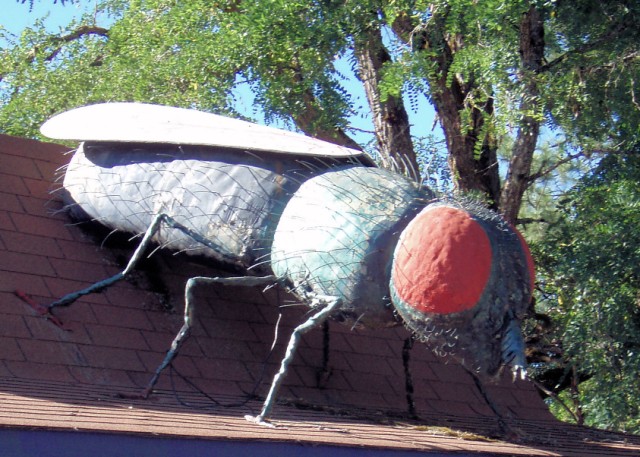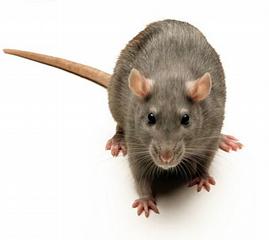
An animal to teach us about overweight/obesity.
It's no secret that obesity is hard on the heart. More than 30 percent of Americans are obese, and many of them are also at increased risk for cancer, diabetes and heart disease. However, there are numerous causes of obesity and other risk factors for each of these conditions, making it difficult to tease them apart.Here are more:
At Sanford-Burnham Medical Research Institute (Sanford-Burnham), a team led by Sean Oldham, Ph.D., and Rolf Bodmer, Ph.D., recently created a simple model to link high-fat diet, obesity and heart dysfunction. Using fruit flies, they discovered that a protein called TOR influences fat accumulation in the heart. Their study, published November 3 in the journal Cell Metabolism, also demonstrates that manipulating TOR protects the hearts of obese flies from damage caused by high-fat diets.
"We noticed previously that reducing TOR had a large number of beneficial effects on aging," explained Dr. Oldham, co-senior author of the study. "We next wanted to look at TOR activity in obesity-related heart disease, but we didn't have a good system. In this study, we establish the fruit fly as a model for obesity caused by a high-fat diet."
The fruit fly model is ideal for studying the heart because most of the basic molecular mechanisms controlling its development are surprisingly similar to those in vertebrates -- even somewhat interchangeable. What's more, it's relatively easy to delete individual genes in the fly, allowing researchers to specifically map out each one's role in heart development and function.
In this study, flies fed a high-fat diet of coconut oil became obese and exhibited many of the same secondary symptoms as obese humans, including heart dysfunction. Then, to determine how TOR regulates the effects of fat on the heart, Dr. Oldham and colleagues generated flies that lowered this protein's activity. TOR normally keeps a damper on an enzyme that breaks down fats. By inhibiting TOR (or boosting the fat-digesting enzyme), the researchers reduced fat accumulation in the heart and improved the cardiac health of otherwise obese flies. The heart-protective results were the same whether TOR was blocked in the whole fly, just in fat tissue or just in heart cells.
Rodents:

The Fruit fly (more):

Birds:

Worms:

Marmots:



Even more lessons to be learned from the expanding fatso menagerie.
But, why bother? The only animal you need is:









No comments:
Post a Comment